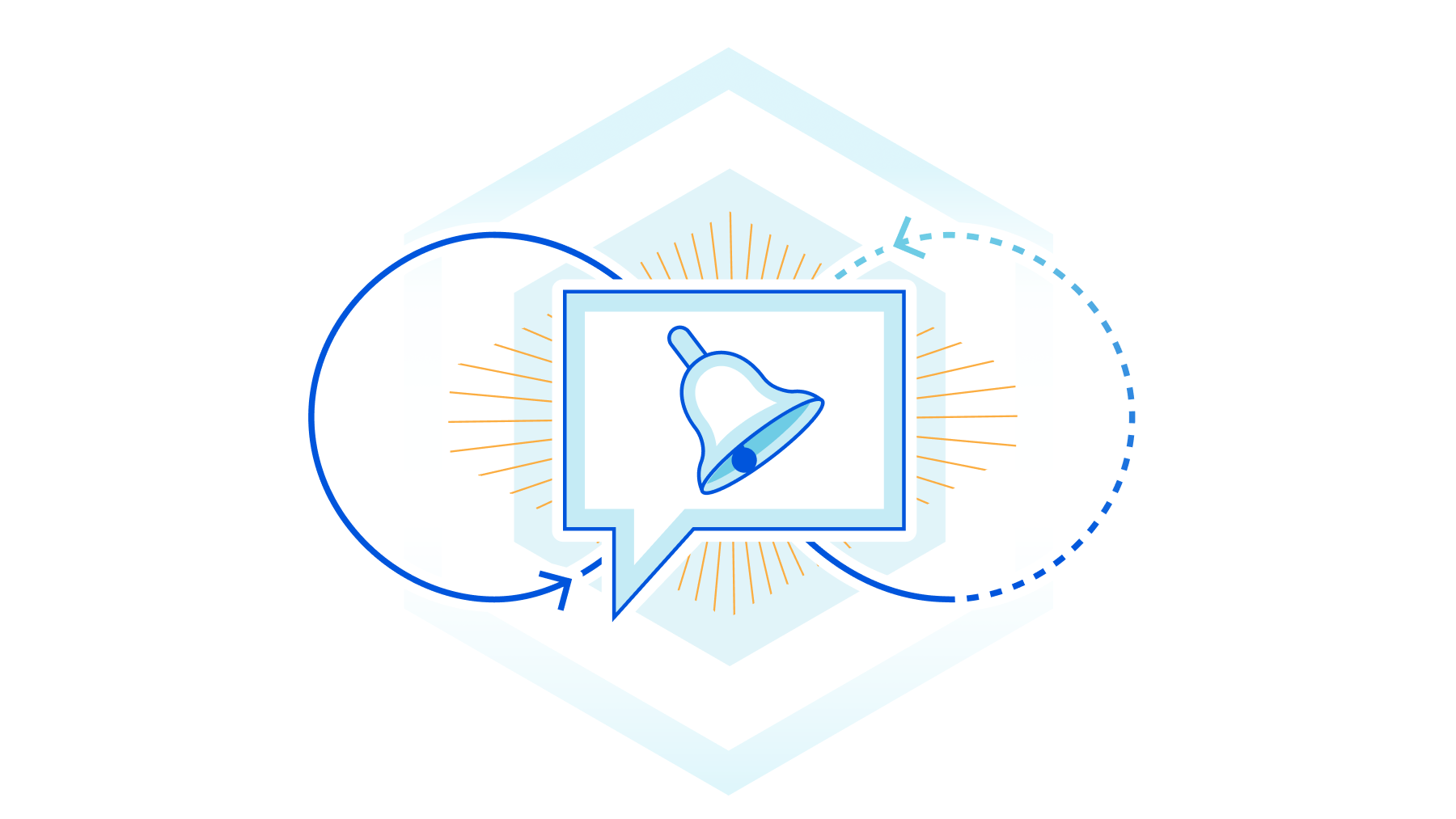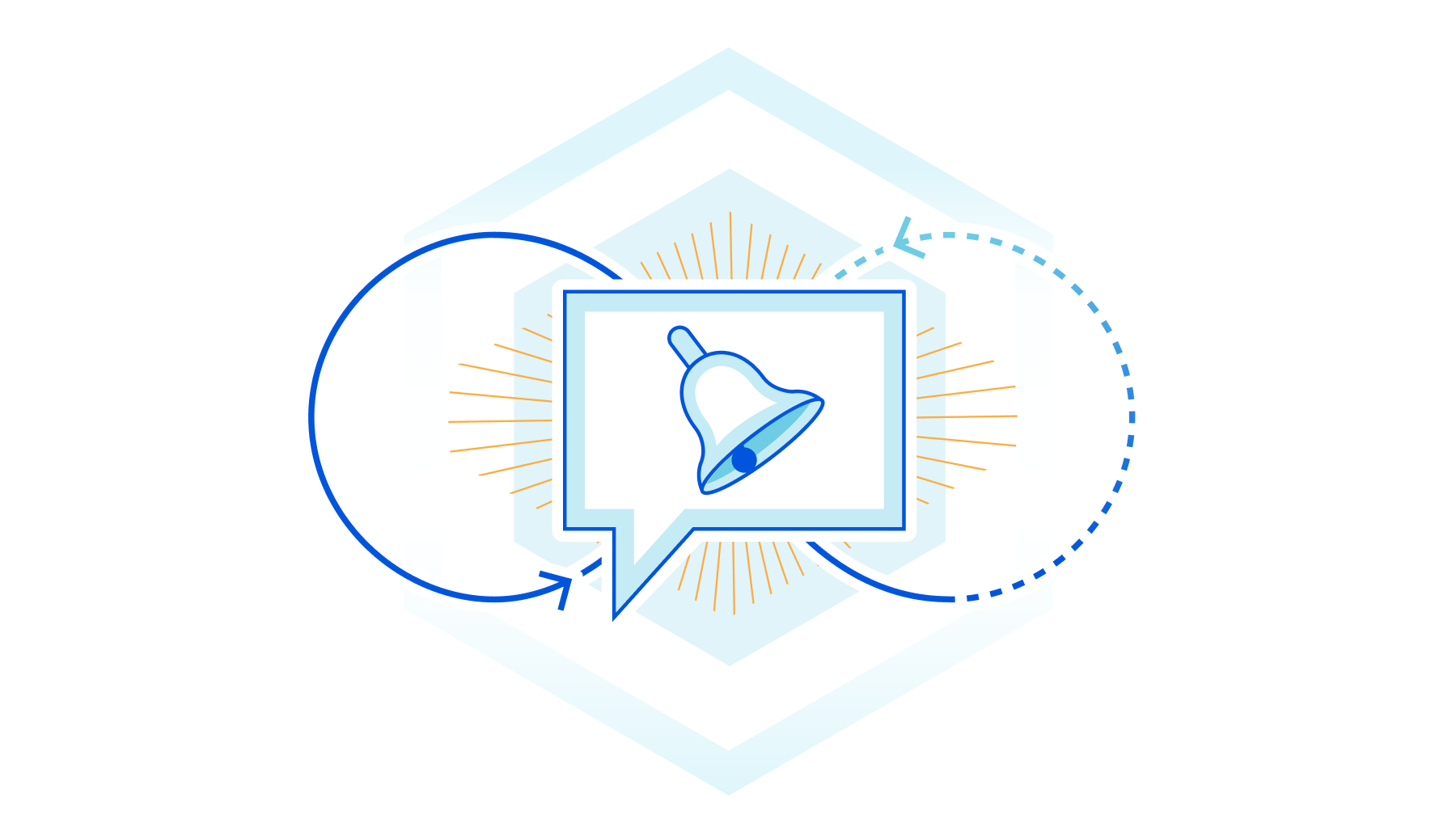Cloudflare Relay Worker


Our Notification Center offers first class support for a variety of popular services (a list of which are available here). However, even with such extensive support, you may use a tool that isn’t on that list. In that case, it is possible to leverage Cloudflare Workers in combination with a generic webhook to deliver notifications to any service that accepts webhooks.
Today, we are excited to announce that we are open sourcing a Cloudflare Worker that will make it as easy as possible for you to transform our generic webhook response into any format you require. Here’s how to do it.
For this example, we are going to write a Cloudflare Worker that takes a generic webhook response, transforms it into the correct format and delivers it to Rocket Chat, a popular customer service messaging platform. When Cloudflare sends you a generic webhook, it will have the following schema, where “text” and “data” will vary depending on the alert that has fired:
{
"name": "Your custom webhook",
"text": "The alert text",
"data": {
"some": "further",
"info": [
"about",
"your",
"alert",
"in"
],
"json": "format"
},
"ts": 123456789
}Whereas Rocket Chat is looking for this format:
{
"text": "Example Continue readingWEBINAR: ISP Design – Separation of Network Functions

Recently, we recorded a webinar to explain a design concept frequently used by iparchitechs.com to build and migrate WISP, FISP and Telco networks – separation of network functions. It centers around simplification of roles within an ISP network. It also explores the use of lower-cost commodity network equipment to maximize the service area for a given ISP footprint while meeting key requirements like scale, redundancy and capacity.
Topics that were covered include:
- What are network functions?
- Design examples for WISP/FISP and Telco
- Equipment and budget considerations
Here is an example of solving design/operational issues with network function separation:


Link to the webinar and slides:
Webinar: Webinar Recording
Slides: Slide Deck


Are we there yet?
This transition to IPv6 has been going on for 20 years now, and if there was any urgency that was instilled in the effort by the prospect of IPv4 address exhaustion then we’ve been living with exhaustion for a decade now. So perhaps it's time to ask the question: How much longer is this transition going to take?How To Send Message to Multiple Friends on Facebook
I recently programmed Python scripts that send a predefined message to all my Facebook friends. The friend.py script detects all the friend links and returns them to send_message_fb.py as a list. The config.py script contains the links of the friends that should be excluded from receiving the message. The message is also defined in the […]Continue reading...
How To Send Message to Multiple Friends on Facebook
I recently programmed Python scripts that send a predefined message to all my Facebook friends. […]
The post How To Send Message to Multiple Friends on Facebook first appeared on Brezular's Blog.
BGP MPLS-VPN Option B
The Cisco documentation about this call it Inter-AS Option B with the use case being to extend LSPs between sites over the one link. As Option B is the only MPLS-VPN method supported by Cisco SD-WAN I wanted to get a better understanding of how it works aswell as see if it could be used to extend multi-VRF prefixes between edge routers and a core switch within the same AS (rather than using Option C with LDP).
Practical OpenStack #004. Build Real World Setup
Hello my friend,
Believe or not, but the vast majority of the OpenStack Certified OpenStack Administrator (COA) trainings are not touching the architecture of the OpenStack clouds. Instead, they focus solely on the operational aspect, so that the COA certified engineer can manage OpenStack cloud. We believe it is not correct, as without how something is build it is very difficult to troubleshoot something or even guarantee a decent level of performance. Hence, we show today the full scale OpenStack cluster setup, which you can build yourself in your lab, as well as hyper converged cluster, which is suitable for building of 5G far edge locations.
Don’t Forget to Learn How to Automate All the Things
Video to the Topic
Need Help? Contract Us
If you need a trusted and experienced partner to automate your network and IT infrastructure, get in touch with us.
P.S.
If you have further questions or you need help with your networks, we are happy to assist you, just send us a message. Also don’t forget to share the article on your social media, if you like it.
BR,
Anton Karneliuk
Practical OpenStack #003. Why these videos
Hello my friend,
OpenStack isn’t new, since the first release on 21 October 2010, the 25 releases were already published bringing new capabilities and services to OpenStack users. Moreover, these days the micro services leveraging Kubernetes and containers are the main trend for application development, whereas virtual machines going in the past. That’s true to a degree; however, the OpenStack is a perfect platform to build a normalised infrastructure for your Kubernetes, which is by the way provide some key services to Kubernetes, such as load balancing.
Don’t Forget to Learn How to Automate All the Things
Video to the Topic
Need Help? Contract Us
If you need a trusted and experienced partner to automate your network and IT infrastructure, get in touch with us.
P.S.
If you have further questions or you need help with your networks, we are happy to assist you, just send us a message. Also don’t forget to share the article on your social media, if you like it.
BR,
Anton Karneliuk
Practical OpenStack #002. Why OpenStack
Hello my friend,
In the previous video you have learn about the core components of any cloud. It was quite straightforward when we remove all unneeded hype, isn’t it? At the same time, you may start thinking “Hey, that’s cool. How can I get it?” That’s a very good question. And in the new video we are covering the principles of interacting with the cloud from the user perspective and provide a quick overview of the existing public and private clouds as well as highlights, why we have chosen OpenStack as a cloud platform for Karneliuk projects and for these videos.
Don’t Forget to Learn How to Automate All the Things
Video to the Topic
Need Help? Contract Us
If you need a trusted and experienced partner to automate your network and IT infrastructure, get in touch with us.
P.S.
If you have further questions or you need help with your networks, we are happy to assist you, just send us a message. Also don’t forget to share the article on your social media, if you like it.
BR,
Anton Karneliuk
Practical OpenStack #001. Cloud Computing
Hello my friend,
There is still quite a bit of a hype around a term “cloud computing” these days. The whole industry of hardware manufacturers or software vendors claiming that they are products are “cloud native”, “cloud ready”, or “build for clouds”. Well, we don’t like clouds, we like sunny weather. Let’s cut through the hype of the “cloud computing” and get straight to what it is in its core.
Don’t Forget to Learn How to Automate All the Things
Video to the Topic
Need Help? Contract Us
If you need a trusted and experienced partner to automate your network and IT infrastructure, get in touch with us.
P.S.
If you have further questions or you need help with your networks, we are happy to assist you, just send us a message. Also don’t forget to share the article on your social media, if you like it.
BR,
Anton Karneliuk
Practical OpenStack #000. Introduction
Hello my friend,
For some time we were thinking whether to step into the cloud world or not. There are so many resources existing already, which provides a decent amount of information. However, closer look revealed the vast majority of such resources are covering either public clouds, such as AWS, GCP, and Azure, or VMware products. All of these areas are important and no doubts have their users. At the same time, OpenStack is at heart of some biggest online platforms and research centres. And it is Open Source. That was a sufficient reason for us to kick off these video series. Let’s get started.
Don’t Forget to Learn How to Automate All the Things
Video to the Topic
Need Help? Contract Us
If you need a trusted and experienced partner to automate your network and IT infrastructure, get in touch with us.
P.S.
If you have further questions or you need help with your networks, we are happy to assist you, just send us a message. Also don’t forget to share the article on your social media, if you like it.
BR,
Anton Karneliuk
Privacy And Networking Part 3: Is An IP Address Protected Information For Privacy?
Does an IP address need to be treated like other Personally Indentifiable Information (PII)?
The post Privacy And Networking Part 3: Is An IP Address Protected Information For Privacy? appeared first on Packet Pushers.
Heavy Networking 628: Pluribus Extends Its SDN Fabric To SmartNICs/DPUs
On today's sponsored Heavy Networking podcast we talk to Pluribus Networks. Pluribus can extend networking and security services directly to smartNICs/DPUs via its Unified Cloud Fabric to improve performance, visibility, and security. We talk with Mike Capuano and Alessandro Barbieri from Pluribus on how it all works.
The post Heavy Networking 628: Pluribus Extends Its SDN Fabric To SmartNICs/DPUs appeared first on Packet Pushers.
Heavy Networking 628: Pluribus Extends Its SDN Fabric To SmartNICs/DPUs
On today's sponsored Heavy Networking podcast we talk to Pluribus Networks. Pluribus can extend networking and security services directly to smartNICs/DPUs via its Unified Cloud Fabric to improve performance, visibility, and security. We talk with Mike Capuano and Alessandro Barbieri from Pluribus on how it all works.The Cloudflare network now spans 275 cities


It was just last month that we announced our network had grown to over 270 cities globally. Today, we’re announcing that with recent additions we’ve reached 275 cities. With each new city we add, we help make the Internet faster, more reliable, and more secure. In this post, we’ll talk about the cities we added, the performance increase, and look closely at our network expansion in India.
The Cities
Here are the four new cities we added in the last month: Ahmedabad, India; Chandigarh, India; Jeddah, Saudi Arabia; and Yogyakarta, Indonesia.
A closer look at India
India is home to one of the largest and most rapidly growing bases of digital consumers. Recognising this, Cloudflare has increased its footprint in India in order to optimize reachability to users within the country.
Cloudflare’s expansion in India is facilitated through interconnections with several of the largest Internet Service Providers (ISPs), mobile network providers and Internet Exchange points (IXPs). At present, we are directly connected to the major networks that account for more than 95% of the country’s broadband subscribers. We are continuously working to not only expand the interconnection capacity and locations with these networks, but also establish Continue reading
Practical Python For Networking: 6.4 – Run Package Example – Video
Now that you’ve learned how to put together a package, this lesson shows you how to call that package in a script. Course files are in a GitHub repository: https://github.com/ericchou1/pp_practical_lessons_1_route_alerts Eric Chou is a network engineer with 20 years of experience, including managing networks at Amazon AWS and Microsoft Azure. He’s the founder of Network […]
The post Practical Python For Networking: 6.4 – Run Package Example – Video appeared first on Packet Pushers.
Video: The Long Tail of AI/ML Problems
It’s time for the bad part of AI/ML in Networking: Good, Bad, and Ugly webinar. After describing the potential AI/ML wins, Javier Antich walked us through the long tail of AI/ML problems.